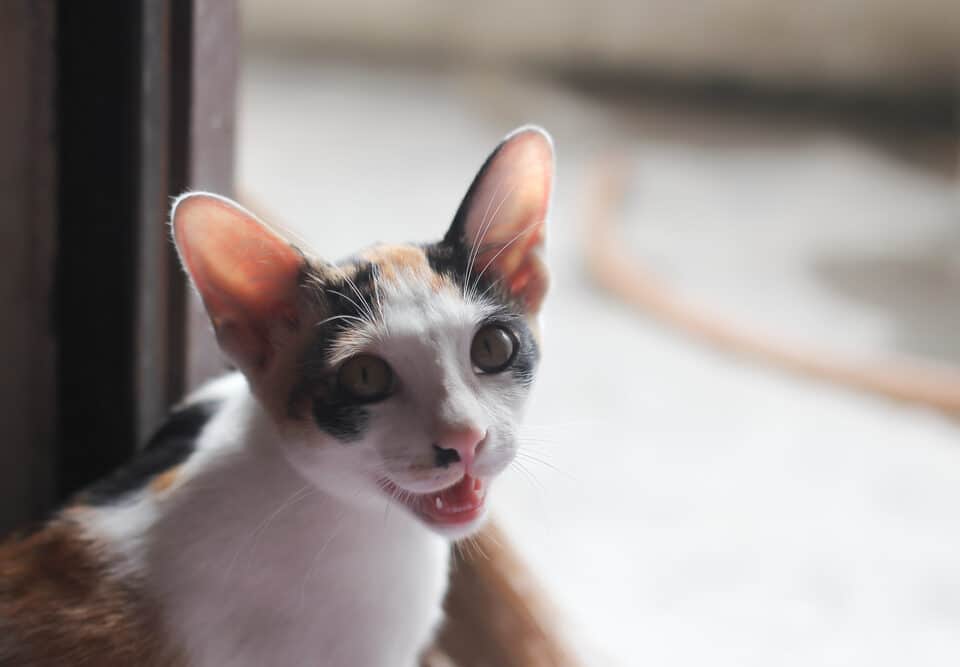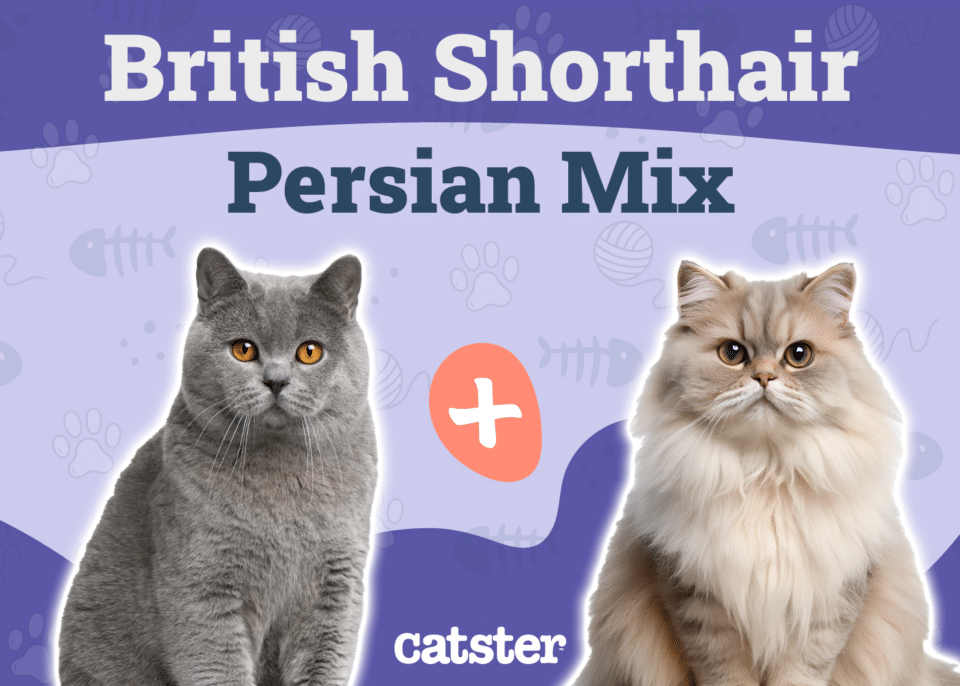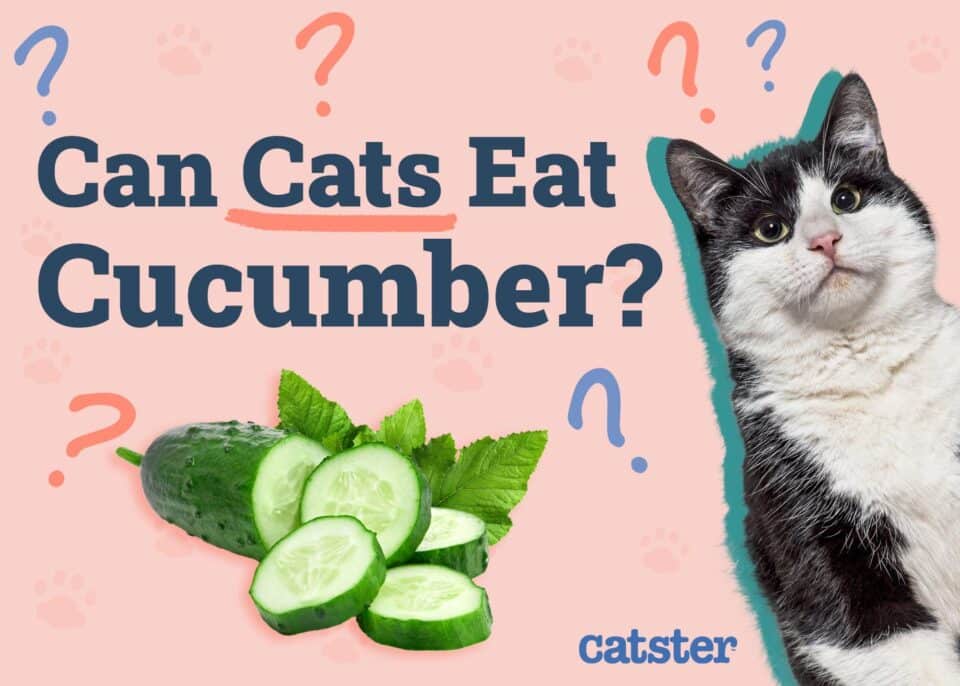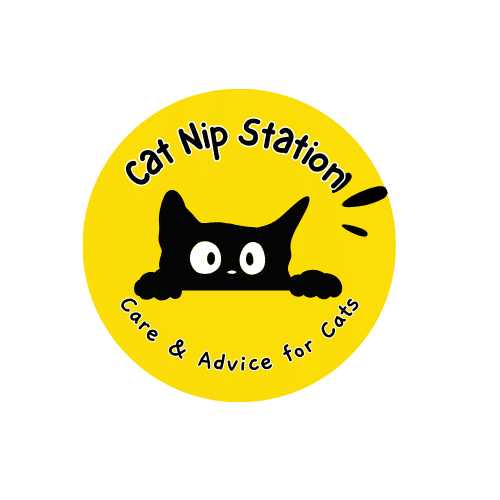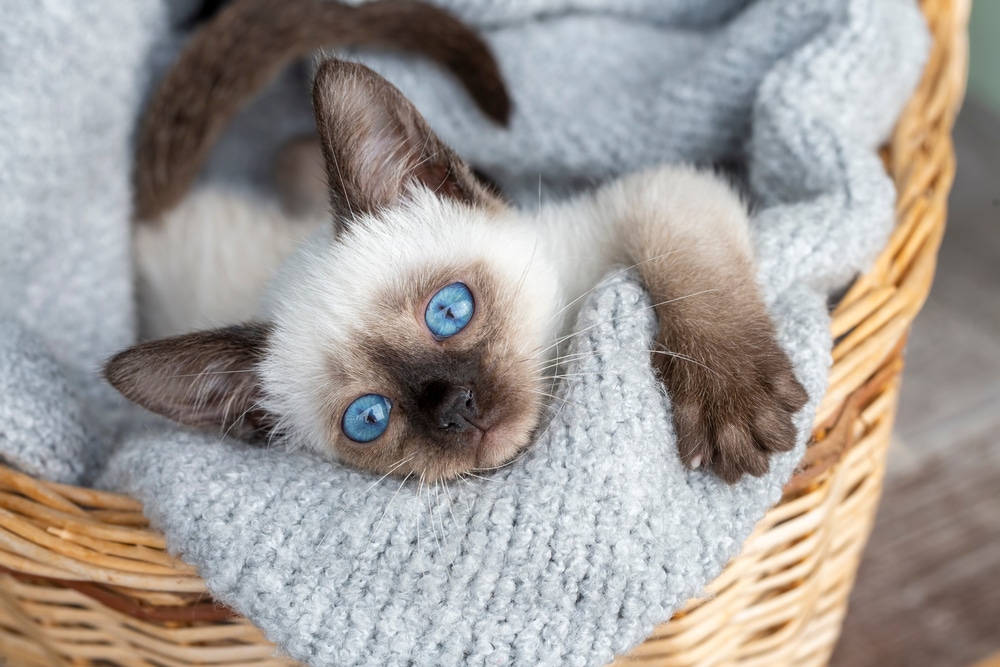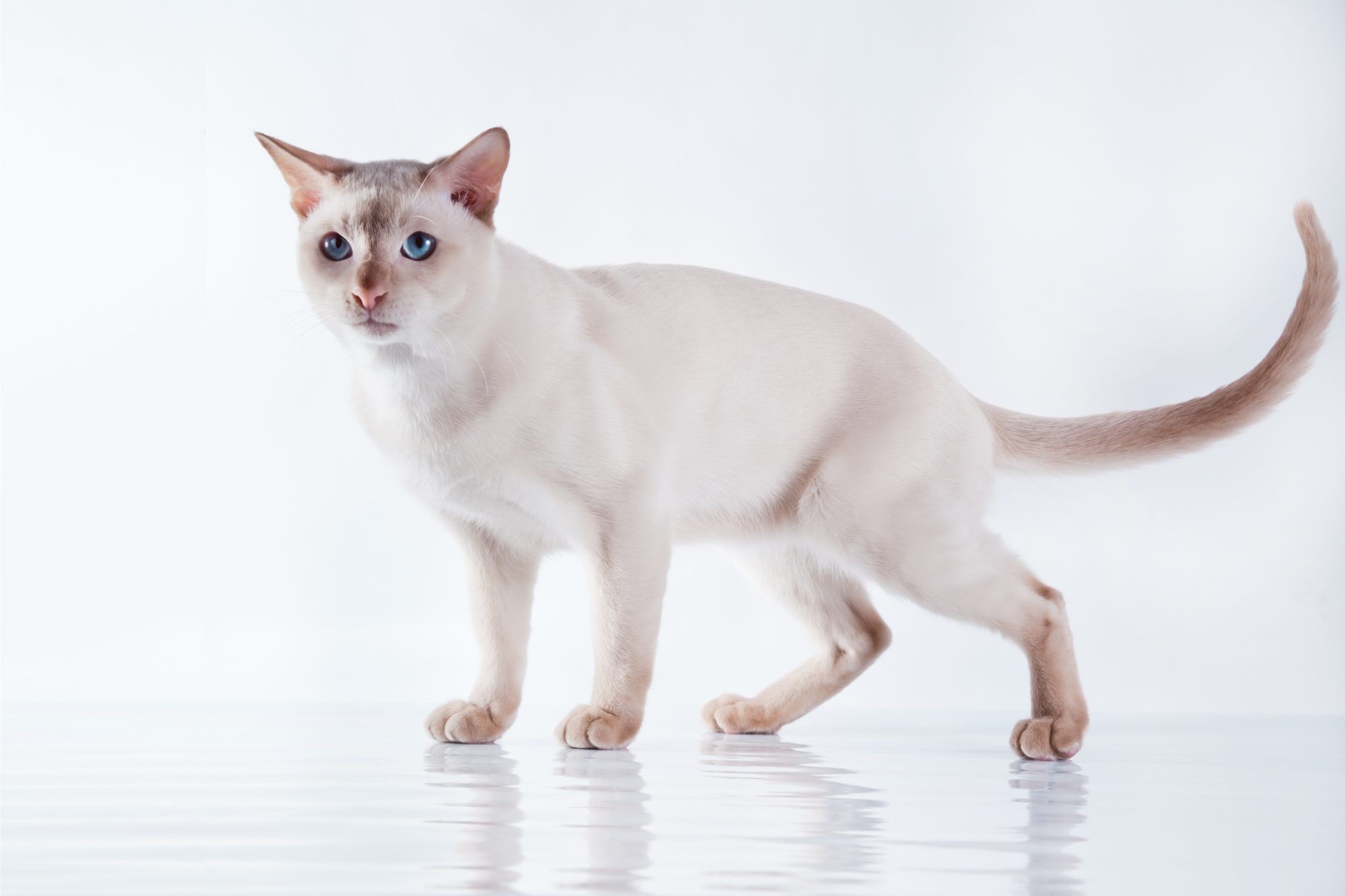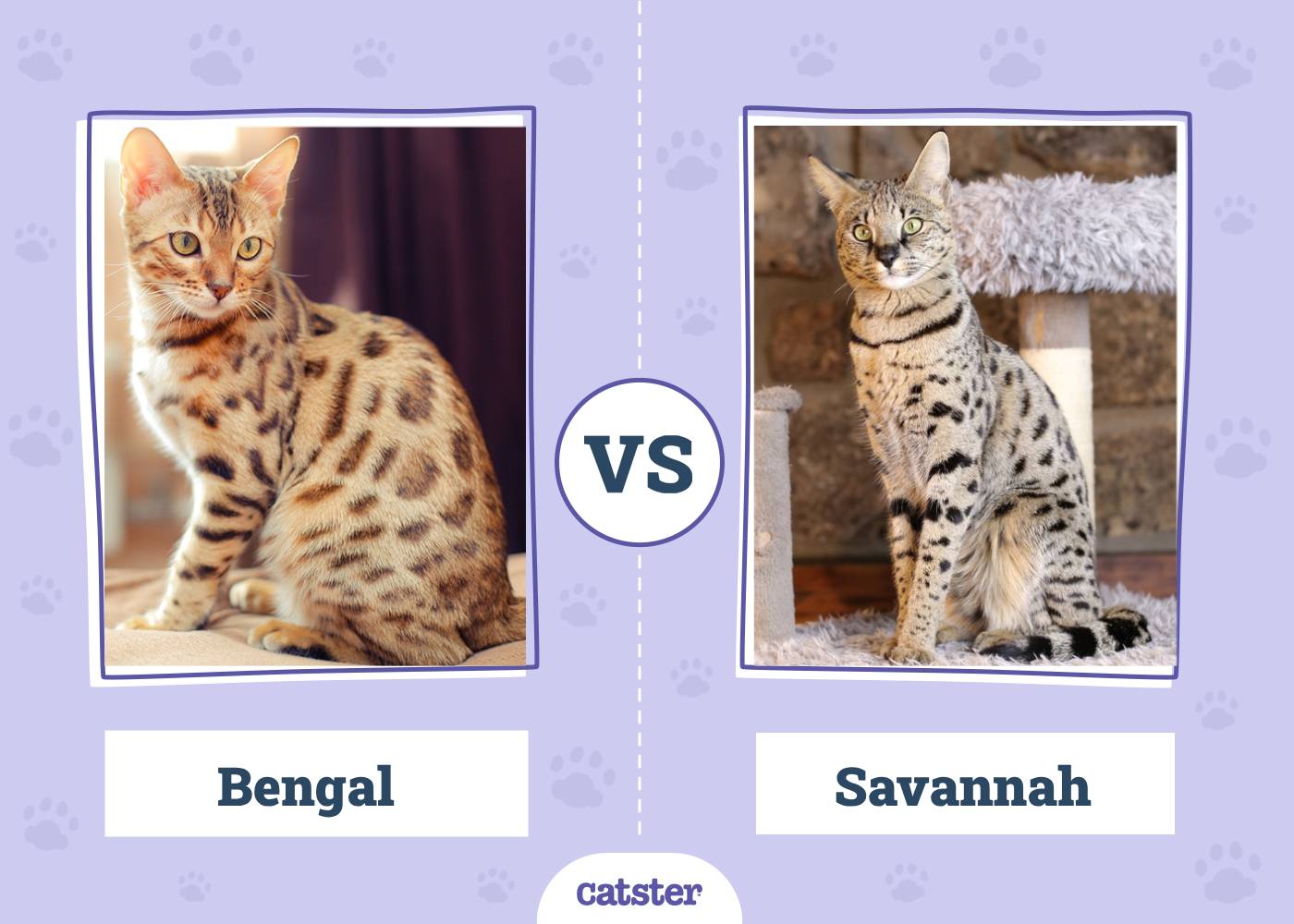Have you ever been greeted by the peculiar yet adorable sound of a cat’s trill? This charming vocalization, distinct from the typical meow, is often your feline friend’s cheerful way of saying “hello.” Recognized as one of the many sounds cats use to express themselves, a trill is an engaging sound that cat owners and enthusiasts alike find intriguing.
A cat’s trill is a unique sound, somewhere between a purr and a meow, described as a soft voice noise. It often comes as a series of short, high-pitched calls. While mainly associated with positive emotions, this distinctive sound indicates many things.
Cats are quite the communicators, with an impressive vocal range for an animal known for its independence. Trilling, along with other sounds like purring and chirping, is part of this vocal arsenal. These sounds are not just random noise; they help explore motor, perceptual, motivational, and social development in cats.
The trill serves various purposes. When a cat trills, it might be responding to a positive stimulus such as its favorite treat or a gentle pet. It’s their cheerful way of acknowledging humans and fellow felines, often used as a greeting or a sign of recognition. Mother cats use trills to guide and check on their kittens, maintaining a bond that even adult cats remember from kittenhood.
Trilling isn’t just a simple vocalization. It differs from chirping, another sound frequently mistaken for a trill. Chirps are contact calls—short, fast, bird-like sounds used when a cat sees prey or wants to connect with another cat. Each of these sounds serves its purpose in a cat’s life, reflecting a sophisticated level of interaction.
Interestingly, not every cat is equally vocal or fond of trilling. Some cats barely make a peep, while others can be quite chatty. The frequency can depend on the breed or just the personality of the individual cat. It’s nothing to worry about if your furry pal doesn’t trill often; it’s just part of the fun quirks that make each cat unique.
Though trilling usually indicates happiness and friendliness, any sudden change in the frequency or context of this sound might signal distress. If your cat starts trilling excessively without an obvious reason, it might be wise to consult a vet. Understanding a cat’s language goes beyond just sounds—it involves interpreting their body language too. Paying attention to context, such as the cat’s body posture and the situation, can provide valuable clues into their well-being.
When your cat greets you with a trill, take it as a friendly “hello.” This is their loving way of showing that they appreciate your company or perhaps gently reminding you of dinner time. By understanding this charming sound and its context, the bond with your feline companion deepens, making the meows, purrs, and trills all the more special.
